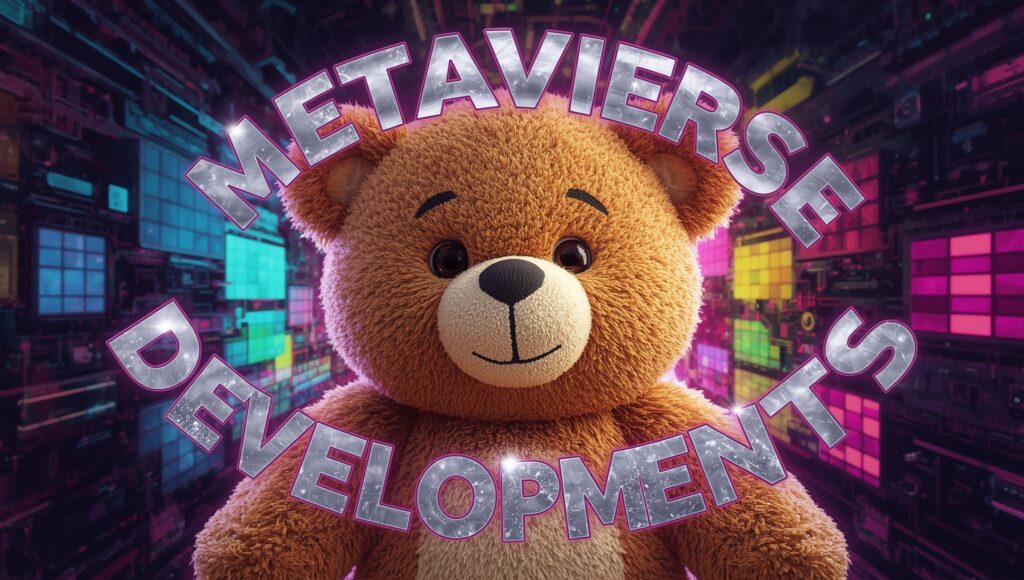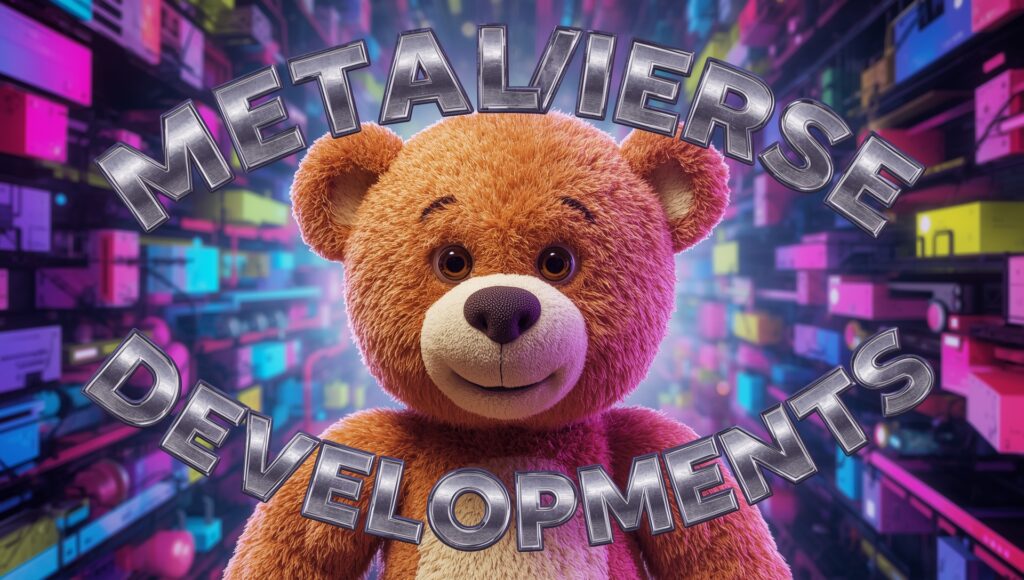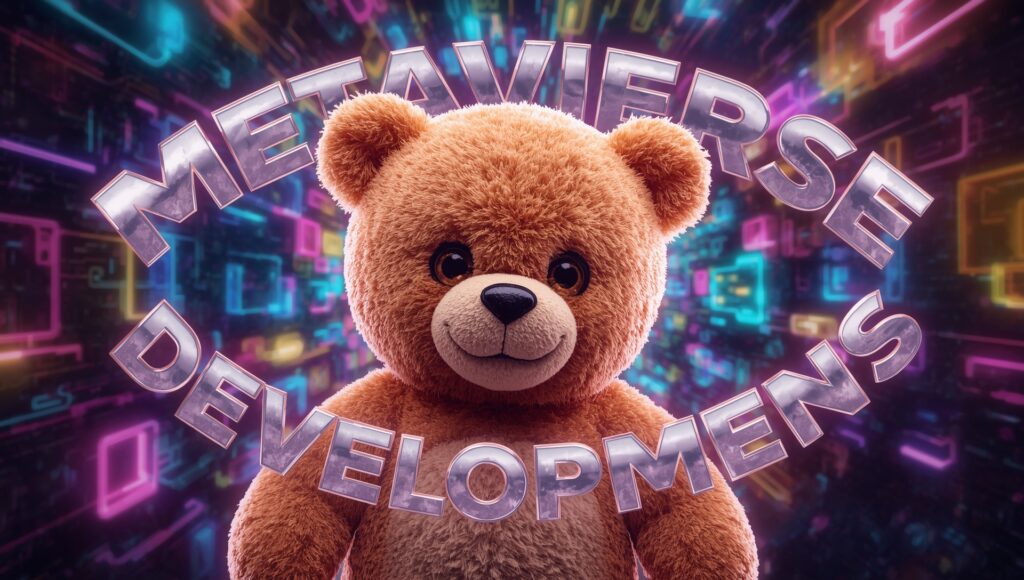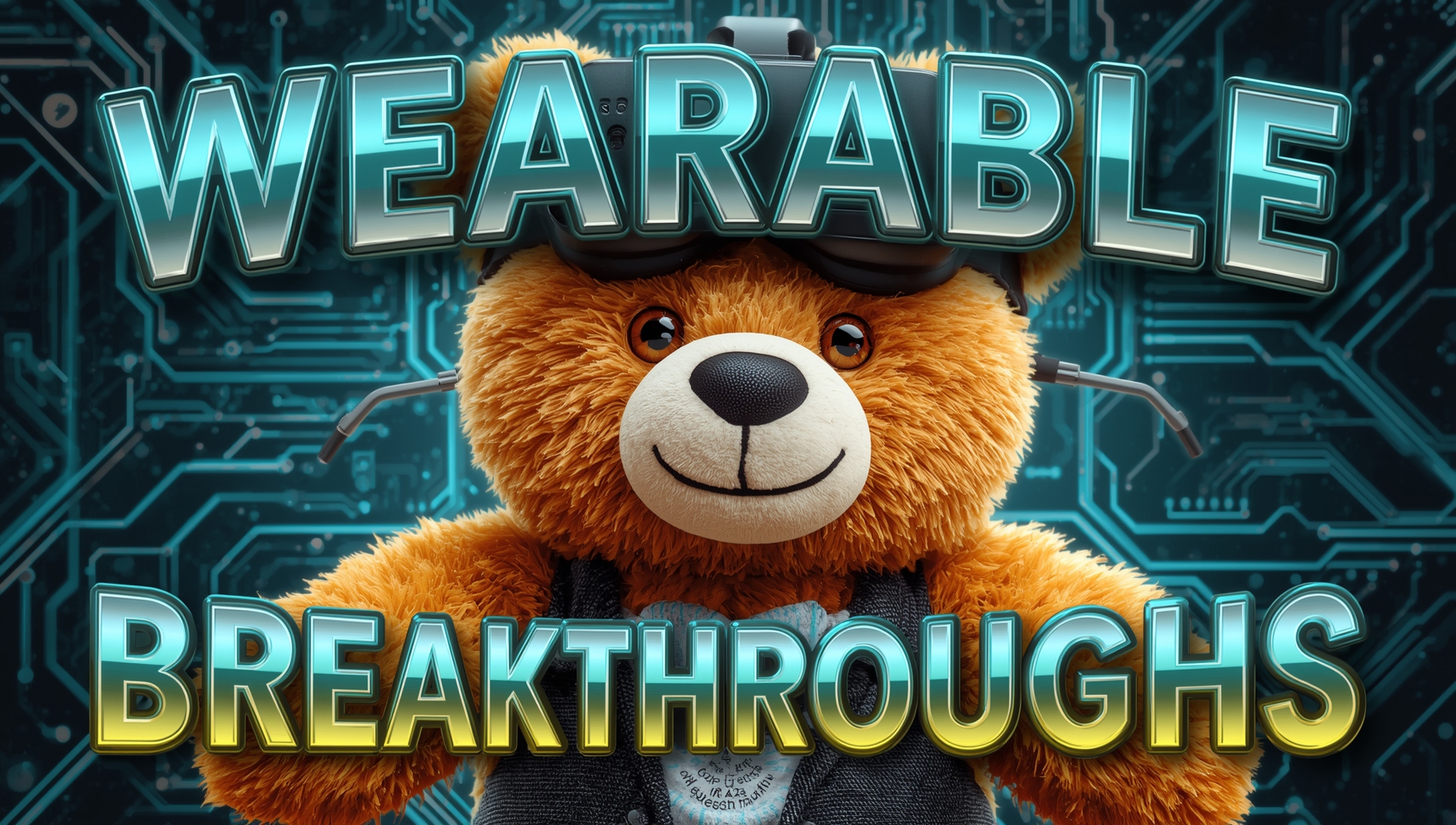The metaverse—once a phrase echoing fantasies of virtual utopias—is changing in 2025 into a sector grounded in tangible innovation. Companies are prioritizing AI, wearables, sustainability, content production, and enterprise use cases over dazzling but false hype.

Wearables with Real Purpose: More Than Just Headsets
Meta is doubling down on AI-powered wearable devices — imagine smart glasses and wrist-worn wearables — as explained by CTO Andrew Bosworth, who warned that without success this year, their “metaverse dream could become a legendary misadventure.” These technologies are anticipated to supplement virtual experiences rather than compete with them, but no new VR headsets have been disclosed yet. (Business Insider, TechRadar)
Rather than chasing cumbersome VR headsets, Meta is counting on lightweight, AI-enhanced wearables—such as their rumored “Celeste” Ray-Ban smart spectacles and wristbands—to bridge physical and digital domains. (TechRadar)
Creator Ecosystems: From Passive Users to Active Builders
Meta’s strategic appointment of Shadi Nayyer, a former TikTok executive, demonstrates a commitment to cultivating the next generation of metaverse creatives. Her Reality Labs team will champion events, hackathons, and community programs—aiming to enhance Horizon Worlds through more developer involvement. (Business Insider)
This change prioritizes creators as the lifeblood of virtual platforms, concentrating on meaningful involvement rather than mere eyeballs.
Avatars 2.0: Smarter, More Expressive, AI-Powered
In October 2024, Meta announced upgraded avatars—launching across Horizon OS, Facebook, Instagram & Messenger—with richer customisation (eye and nose shapes, body kinds) and planned generative AI capabilities for avatar generation via text prompts. NPC support is also arriving to augment user interactions. (The Verge)
Expect avatars to not just appear better, but also to think and move more naturally.

. AI, Blockchain & Interoperability: Building Blocks for Next-Gen Worlds
From larger industry insights, 2025 is characterized by:
- AI-driven NPCs & assistants that adapt, converse, and evolve * Blockchain-based economies offering true ownership of virtual land and NFTs * Cross-platform interoperability, allowing avatars and assets to move across metaverse platforms * Sustainable metaverse design, with energy-efficient infrastructure and carbon-neutral virtual events (Cryptoquorum.com, Abhiwan Technology, InsideTechie –, LinkedIn, AICompetence.org, lianpr.com)
Real-World Use Cases: Learning, Working, and Industry
Now more than ever, the metaverse is stepping out of gaming and into real-world applications:
- Education: Virtual campuses and AI-powered tutors offer immersive, tailored learning experiences. Blockchain is enabling NFT-based certification and tamper-proof academic records. (Antier Solutions, AICompetence.org)
- Enterprise: Industrial metaverse platforms—like NVIDIA Omniverse and Microsoft Mesh—are boosting remote collaboration and simulation workflows. Digital twins are easing hard jobs across businesses. (bokgoon’s back pocket, Abhiwan Technology)
- Marketing & Retail: Brands like Nike and Ralph Lauren are developing engaging metaverse presences—from virtual showrooms and branded domains to NFT-powered fashion lines. (Idea Usher, Web3 Marketing & PR Agency)
Challenges, Skepticism & the Path Forward
Despite advances, skepticism lingers. Unity’s CEO blasted early metaverse platforms as poorly constructed, claiming that only if augmented reality gear and AI blend smoothly would we see broad adoption. (PC Gamer)
Meta’s Reality Labs segment continues to endure tremendous financial strain, with billions in losses since 2020. Still, leadership considers 2025 as a key year. (Financial Times, Business Insider)
- “metaverse developments 2025” * “AI avatars metaverse” * “metaverse wearables 2025” * “building the metaverse 2025” * “metaverse use cases education enterprise”

In 2025, the metaverse is shedding its fantastical branding and becoming shape as an impacting ecosystem—driven by:
- Smarter, AI-enabled wearables and avatars * Thriving creator and developer communities * Cross-platform digital economies * Real-world use in education, enterprise, marketing * A cautious, reality-checked optimism amid financial stakes This year, the metaverse is proving itself less a faraway fantasy, and more a logical extension of how we study, work, create, and interact.



